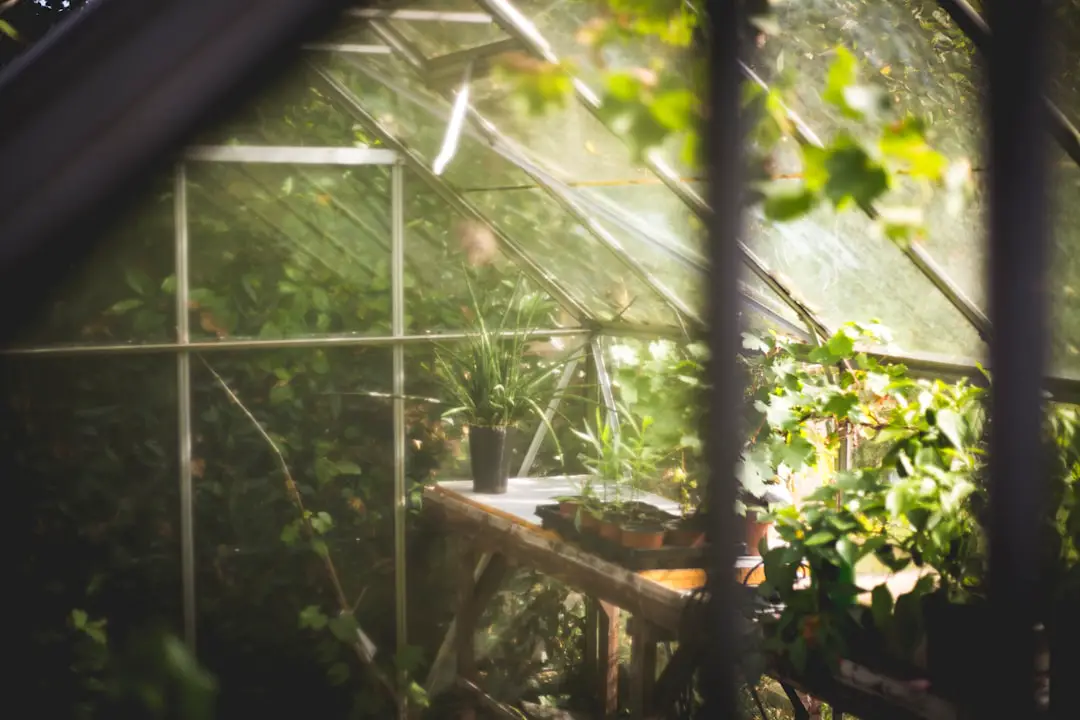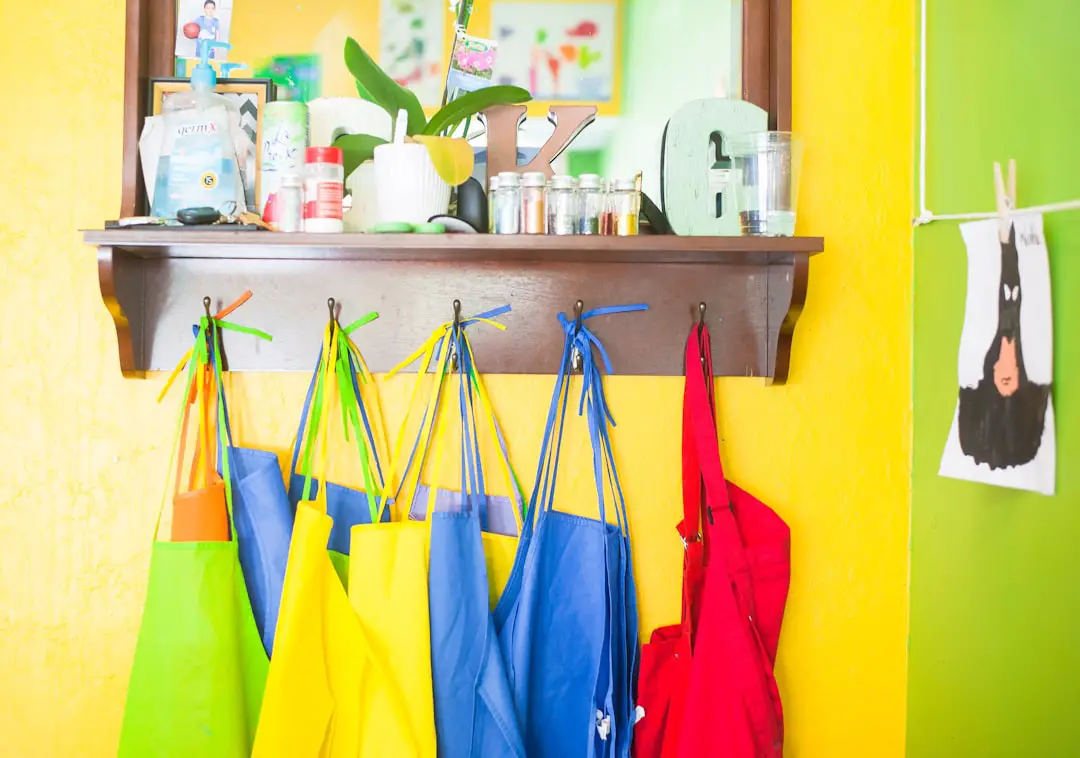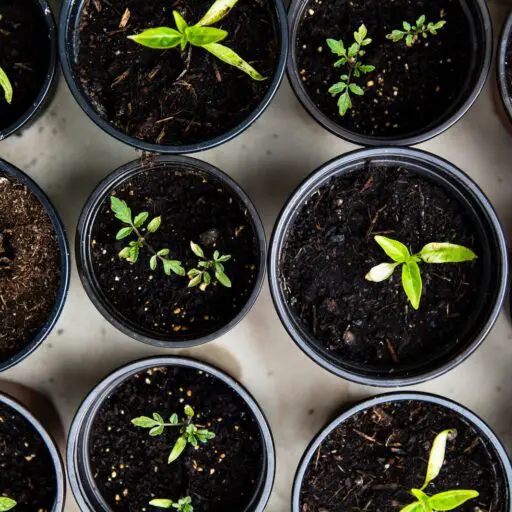Support our educational content for free when you purchase through links on our site. Learn more

Remember those childhood memories of planting seeds, watching them sprout, and then proudly harvesting the fruits of your labor? Well, those experiences aren’t just nostalgic—they’re actually incredibly valuable for young minds. Gardening with preschoolers isn’t just about getting your hands dirty; it’s about nurturing their development in ways you might not expect. From boosting cognitive skills to fostering a love for the environment, the benefits are plentiful.
In this article, we’ll explore ten incredible ways gardening can benefit preschoolers, offering tips and activities to get you started on your own gardening adventure. We’ll also delve into the history of gardening with young children, highlighting its long-standing role in education and its resurgence in modern times. Get ready to discover a world of growth and learning—both for you and your little ones!
Key Takeaways
- Gardening with preschoolers offers a wealth of benefits, impacting cognitive, social-emotional, physical, language, sensory, and environmental development.
- Engaging children in every step of the gardening process, from planting to harvesting, fosters a sense of responsibility, teamwork, and environmental stewardship.
- Choose easy-to-grow plants like beans, sunflowers, and herbs to keep preschoolers engaged and motivated.
- Create a safe and engaging garden space with child-sized tools and age-appropriate activities.
- Incorporate games, songs, and stories about plants to enhance the learning experience.
👉 Shop for Gardening Tools for Preschoolers:
- Fiskars: Amazon | Walmart | Fiskars Official Website
- Gardener’s Supply Company: Amazon | Gardener’s Supply Company Official Website
- Little Gardeners: Amazon | Little Gardeners Official Website
Table of Contents
- Quick Tips and Facts
- The History of Gardening with Preschoolers
- The Benefits of Gardening with Preschoolers
- Getting Started with Gardening with Preschoolers
- Gardening Activities for Preschoolers
- Safety Tips for Gardening with Preschoolers
- Conclusion
- Recommended Links
- FAQ
- Reference Links
Quick Tips and Facts
Gardening with preschoolers is not just a fun activity; it’s a treasure trove of benefits! Here are some quick tips and facts to get you started:
- Start Small: A small garden space (like a 4′ x 4′ plot) is perfect for preschoolers to manage. 🌱
- Choose Easy Plants: Opt for fast-growing seeds like beans and sunflowers to keep their interest piqued! 🌻
- Hands-On Learning: Engage them in every step—planting, watering, and harvesting—it’s all about the experience! 🧑🌾
- Safety First: Always supervise and ensure the garden is free from harmful chemicals. ✅
- Make it Fun: Incorporate games, songs, and stories about plants to enhance their learning experience! 🎶
The History of Gardening with Preschoolers

Gardening with young children has roots that stretch back centuries. Historically, gardens were places of learning, where children could explore nature, understand the cycles of life, and appreciate the environment. In recent years, educational programs have recognized the importance of hands-on learning, leading to a resurgence in school and community gardens. According to Rutgers NJAES, gardens serve as living laboratories where children can apply their knowledge to real-world situations, fostering a deeper understanding of science and ecology.
The Benefits of Gardening with Preschoolers
Gardening is like a magic potion for preschoolers, offering a wealth of benefits that touch on various aspects of their development. Let’s dig deeper into these incredible advantages! 🌼
Cognitive Development
Gardening activities enhance problem-solving and planning skills. When children plant seeds, they learn about the needs of plants and the conditions required for growth. This hands-on experience encourages critical thinking and fosters a love for learning.
Social and Emotional Development
Working in a garden teaches children about cooperation, empathy, and responsibility. As they share tools and space, they learn to communicate and work as a team. Plus, the act of nurturing plants can help reduce stress and anxiety, promoting emotional well-being. 🌈
Physical Development
Gardening is a fantastic way to develop fine and gross motor skills. Activities like digging, planting, and watering strengthen muscles and improve coordination. Plus, it’s a fun way to get some exercise! 💪
Language Development
Gardening introduces new vocabulary related to plants, nature, and the environment. Children learn to express their thoughts and observations, enhancing their communication skills. Reading gardening-themed books, like “The Ugly Vegetables” by Grace Lin, can further enrich their language experience. 📚
Sensory Development
Gardening is a sensory feast! Children engage with different textures, colors, and smells, enhancing their sensory awareness. They learn to identify various plants and their characteristics, which is essential for cognitive development. 🌿
Environmental Awareness
By participating in gardening, children develop a sense of environmental stewardship. They learn about sustainability, the importance of biodiversity, and how to care for the planet. This early awareness can lead to a lifetime of eco-friendly habits! 🌍
Getting Started with Gardening with Preschoolers
Ready to dig in? Here’s how to kick off your gardening adventure with preschoolers!
Choosing the Right Plants
- Easy-to-Grow Seeds: Start with seeds that germinate quickly, like radishes, beans, and sunflowers.
- Colorful Flowers: Incorporate flowers like marigolds and zinnias to attract butterflies and bees, making the garden lively! 🦋
Creating a Safe and Engaging Garden Space
- Location: Choose a sunny spot with good soil drainage.
- Safety Measures: Ensure the area is free from sharp objects and harmful chemicals. Use raised beds or containers to keep things manageable. 🛠️
Planning Activities and Lessons
- Hands-On Learning: Involve children in every step—from planting to harvesting.
- Themed Days: Create special days for activities like “Watering Wednesday” or “Flower Friday” to keep them engaged! 🎉
Involving Parents and Families
Encourage family participation by hosting gardening days where parents can join in the fun. This not only strengthens family bonds but also fosters a community spirit around gardening.
Gardening Activities for Preschoolers
Here are some engaging activities to keep your little gardeners busy! 🌻
Planting Seeds
- What to Do: Show children how to plant seeds in the soil. Let them dig small holes, place the seeds, and cover them up.
- Learning Outcome: They learn about plant needs and the growth process. 🌱
Watering Plants
- What to Do: Use small watering cans to let children water the plants.
- Learning Outcome: This activity teaches responsibility and the importance of hydration for plants. 💧
Weeding the Garden
- What to Do: Teach children how to identify and remove weeds.
- Learning Outcome: They develop fine motor skills and learn about plant care.
Harvesting Vegetables and Fruits
- What to Do: When the time comes, involve children in harvesting the produce.
- Learning Outcome: They experience the joy of reaping what they sow! 🍅
Creating a Nature Journal
- What to Do: Encourage children to draw or write about their gardening experiences.
- Learning Outcome: This enhances their observation skills and creativity. 📖
Safety Tips for Gardening with Preschoolers
Safety is paramount when gardening with little ones! Here are some tips to keep in mind:
- Supervision: Always supervise children while they’re in the garden.
- Use Child-Safe Tools: Invest in child-sized tools that are safe for little hands.
- Teach About Plants: Educate children on which plants are safe to touch and which are not. 🌼
Conclusion

Gardening with preschoolers is a delightful journey filled with learning, growth, and fun! It nurtures their minds, bodies, and spirits while instilling a love for nature. So grab your gardening gloves, gather your little ones, and let the adventure begin! 🌟
Recommended Links
FAQ

-
What age is appropriate for gardening?
- Preschoolers (ages 3-5) are perfect for starting gardening activities!
-
What are the best plants for preschoolers?
- Fast-growing plants like beans, sunflowers, and easy herbs like basil are great choices.
Reference Links
Gardening is a fantastic way to bond with your preschoolers while teaching them valuable life skills. So, what are you waiting for? Let’s get our hands dirty! 🌿
Conclusion

Gardening with preschoolers is a rewarding experience that brings joy to both children and adults. It’s a journey of discovery, growth, and connection with nature. By providing opportunities for hands-on learning, fostering a love for the environment, and promoting healthy habits, gardening empowers young minds and creates lasting memories. So, let’s embrace the mess, celebrate the successes, and learn from the setbacks—together! 🌱
Recommended Links
👉 Shop for Gardening Tools for Preschoolers:
- Fiskars: Amazon | Walmart | Fiskars Official Website
- Gardener’s Supply Company: Amazon | Gardener’s Supply Company Official Website
- Little Gardeners: Amazon | Little Gardeners Official Website
👉 Shop for Books on Gardening with Preschoolers:
- “The Ugly Vegetables” by Grace Lin: Amazon
- “Lola Plant a Garden” by Anna McQuinn: Amazon
- “Planting a Rainbow” by Lois Ehlert: Amazon
- “A Seed Grows” by Antionette Portis: Amazon
- “A Seed Is Sleepy” by Dianna Hutts Aston: Amazon
FAQ

What are three ways children benefit from gardening and nature play in early childhood education?
- Cognitive Development: Gardening provides hands-on learning opportunities that enhance problem-solving, planning, and critical thinking skills.
- Social-Emotional Development: Working together in a garden fosters cooperation, empathy, and responsibility, promoting emotional well-being.
- Sensory Development: Engaging with different textures, colors, and smells in a garden enhances sensory awareness and cognitive development.
How does gardening help child development?
Gardening positively impacts all areas of child development, including:
- Cognitive Development: Enhances problem-solving, planning, and critical thinking skills.
- Social-Emotional Development: Promotes cooperation, empathy, responsibility, and emotional well-being.
- Physical Development: Strengthens muscles, improves coordination, and provides exercise.
- Language Development: Introduces new vocabulary and encourages communication.
- Sensory Development: Enhances sensory awareness and cognitive development.
- Environmental Awareness: Fosters a sense of environmental stewardship and sustainability.
How does gardening help students learn?
Gardening serves as a living laboratory where students can apply their knowledge to real-world situations. It helps them learn about:
- Science: Plant life cycles, plant needs, and the role of plants in our lives.
- Math: Measurement, counting, and problem-solving.
- Language Arts: Vocabulary, writing, and reading.
- Art: Drawing, painting, and creating nature-based art projects.
- Social Studies: Community involvement, environmental stewardship, and cultural connections to gardening.
What are the benefits of having preschool and/or school age children raise their own vegetables at school?
Raising vegetables at school offers numerous benefits for children:
- Nutrition Education: Encourages healthy eating habits and a preference for fresh produce.
- Hands-On Learning: Provides practical experience in science, math, and environmental stewardship.
- Community Building: Fosters teamwork, cooperation, and a sense of responsibility.
- Increased Engagement: Makes learning more fun and engaging, leading to a greater appreciation for school.
Reference Links
- Fiskars: Fiskars Official Website
- Gardener’s Supply Company: Gardener’s Supply Company Official Website
- Little Gardeners: Little Gardeners Official Website
- Rutgers NJAES: FS1211: Learning Through the Garden | Grow Healthy
- American Montessori Society: The Benefits of Gardening with Preschoolers
- Brightwheel Blog: Garden and Plant Activities

